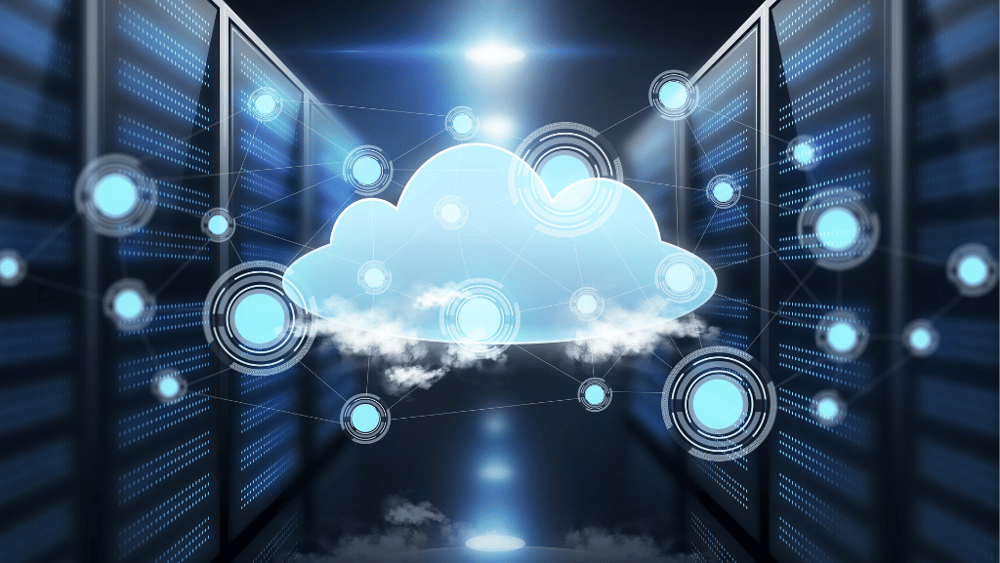The Future of Cloud Data Warehousing with Snowflake
Data Warehousing Snowflake Jul 10, 2024 9:00:00 AM Ken Pomella 3 min read

In recent years, the evolution of data warehousing has transformed from on-premises solutions to agile, scalable, and highly efficient cloud-based platforms. Among the leading pioneers in this space is Snowflake, a data warehousing solution that has not only redefined how organizations manage and analyze data but also set new standards for the future of cloud data warehousing. Let's explore the trajectory of cloud data warehousing with Snowflake and what the future holds.
The Rise of Cloud Data Warehousing
Traditional data warehouses were built on physical servers and required substantial capital investment, ongoing maintenance, and scalability limitations. As data volumes exploded, these systems struggled to keep up, leading to the emergence of cloud-based data warehousing solutions. Snowflake has been at the forefront of this transition, offering a fully managed service that separates storage and compute, enabling organizations to scale resources independently and efficiently.
Key Innovations by Snowflake
Snowflake's architecture is a game-changer in the data warehousing landscape. Its multi-cluster, shared data architecture allows for seamless scalability and performance optimization. Some of the key innovations include:
- Separation of Storage and Compute: Unlike traditional data warehouses, Snowflake's architecture decouples storage from compute, allowing for independent scaling. This flexibility ensures optimal resource utilization and cost management.
- Concurrency and Performance: Snowflake's multi-cluster architecture eliminates the concurrency issues that plagued traditional systems. Multiple virtual warehouses can operate simultaneously on the same data without performance degradation, making it ideal for large-scale analytics.
- Data Sharing and Collaboration: Snowflake introduces a unique data-sharing feature that allows organizations to share live data securely and instantly across different business units or even external partners. This capability fosters collaboration and real-time decision-making.
- Support for Semi-Structured Data: With native support for JSON, Avro, Parquet, and XML, Snowflake simplifies the integration and analysis of semi-structured data, which is increasingly vital in today's diverse data environments.
The Future Outlook
As organizations continue to generate vast amounts of data, the demand for robust, scalable, and flexible data warehousing solutions will only grow. Snowflake's forward-thinking approach positions it well to meet these demands. Here are some trends and developments to watch for in the future of cloud data warehousing with Snowflake:
- Enhanced Data Integration and ETL Processes: Snowflake is likely to continue enhancing its data integration capabilities, making it easier to ingest, transform, and load data from various sources. Expect more automation and intelligent data pipelines that reduce the time and effort required to prepare data for analysis.
- Machine Learning and AI Integration: The integration of machine learning and AI directly within the data warehouse will become more seamless. Snowflake's ability to handle large-scale data will be pivotal in training complex models and enabling predictive analytics in real-time.
- Edge Computing and IoT: As the Internet of Things (IoT) devices proliferate, there will be a surge in data generated at the edge. Snowflake is poised to support the storage and analysis of this data, enabling organizations to derive insights from edge devices and integrate them into their broader data strategies.
- Stronger Security and Governance: With data security and privacy becoming increasingly important, Snowflake will continue to bolster its security measures and governance frameworks. Advanced encryption, role-based access control, and compliance with global regulations will be paramount.
- Global Data Collaboration: The future will see more organizations collaborating on a global scale, sharing data across borders and industries. Snowflake's secure data sharing capabilities will be instrumental in facilitating this collaboration while ensuring data integrity and security.
Conclusion
The future of cloud data warehousing with Snowflake looks promising and transformative. Snowflake's innovative architecture, scalability, and robust features have already set a high benchmark in the industry. As technology continues to evolve, Snowflake is well-positioned to lead the charge in enabling organizations to harness the full potential of their data, driving better decision-making, innovation, and competitive advantage.
As we look ahead, one thing is certain: the future of cloud data warehousing with Snowflake will be marked by continuous innovation, making it an indispensable tool for businesses navigating the data-driven landscape.

Ken Pomella
Ken Pomella is a seasoned technologist and distinguished thought leader in artificial intelligence (AI). With a rich background in software development, Ken has made significant contributions to various sectors by designing and implementing innovative solutions that address complex challenges. His journey from a hands-on developer to an entrepreneur and AI enthusiast encapsulates a deep-seated passion for technology and its potential to drive change in business.
Ready to start your data and AI mastery journey?
Explore our courses and take the first step towards becoming a data expert.
